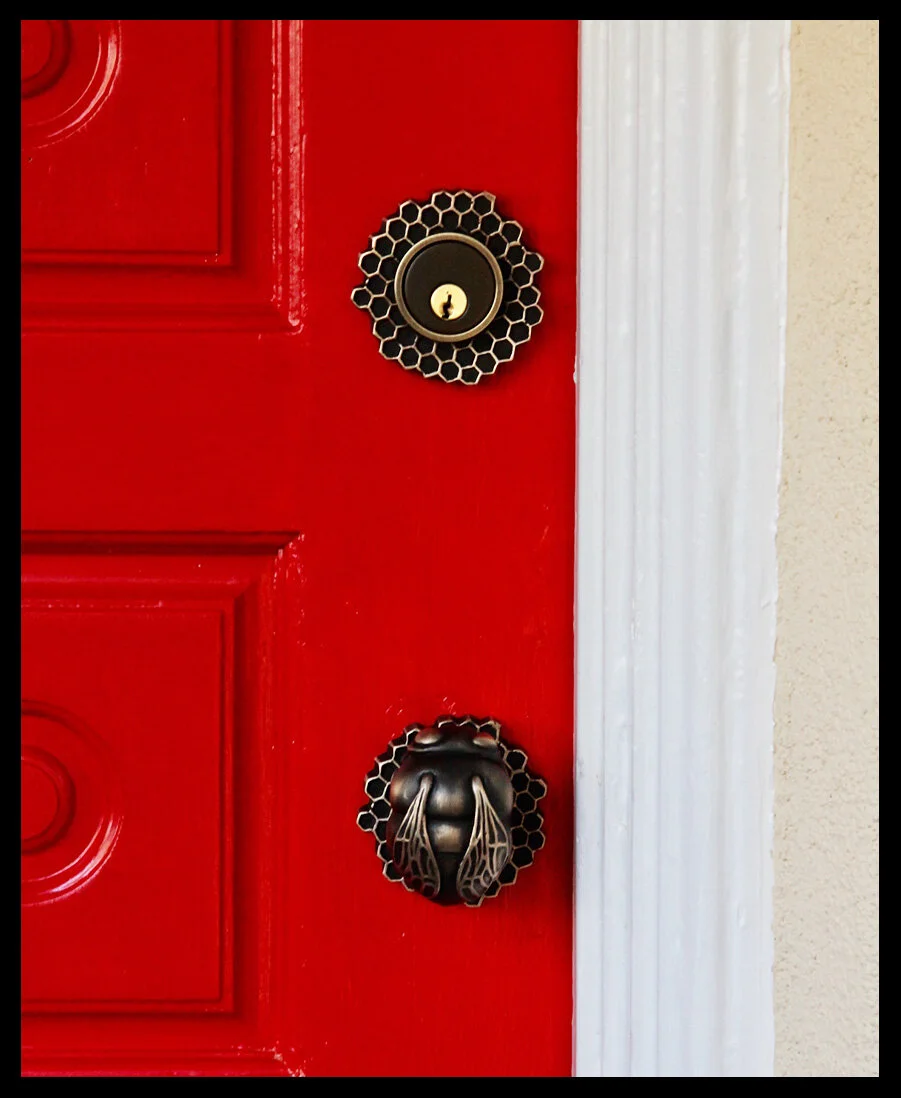Palm Desert Loving All Animals Annual Event
We are pleased to share details of the annual Spay-ghetti & No Balls event taking place this Saturday November 13th in Palm Desert and sponsored by Loving All Animals. The non-profit’s mission is to maximize the success of programs within the Coachella Valley dedicated to finding homes for homeless pets. Pet Companion Magazine have kindly donated one of our Siamese cat door coat hooks to the silent auction at this event. For more details about this event or for donations to this wonderful group please visit lovingallanimals.org or call 760-834-7000.
Brief Profile of the Siamese Cat:
The Siamese cat is thought to originate from Thailand formerly known as Siam*. The modern Siamese has, through selective breeding, become less rounded than it’s predecessor and is noted for it’s pointed large ears, long narrow neck and almost triangular shaped head with almond shaped eyes. The breed is short haired, and lacking an undercoat, its silky hair clings tightly to it’s body thereby accentuating it’s svelte musculature. The face has distinctive markings or points around the nose and eyes that develop as the kittens mature with colors ranging from grey to grey-brown to light grey and blue grey in tone.
The Siamese cat in our cat accessory collection is cast in silicon bronze, an alloy that is light brown in tone and which we accentuate with a dark brown patina to simulate the distinctive face point area. Siamese cats are by temperament social, playful and very vocal companions and they enjoy prominence amongst cat owners being one of the top 5 cats amongst US cat owners.
*Interesting information about this cat breed can be found at wikipedia




